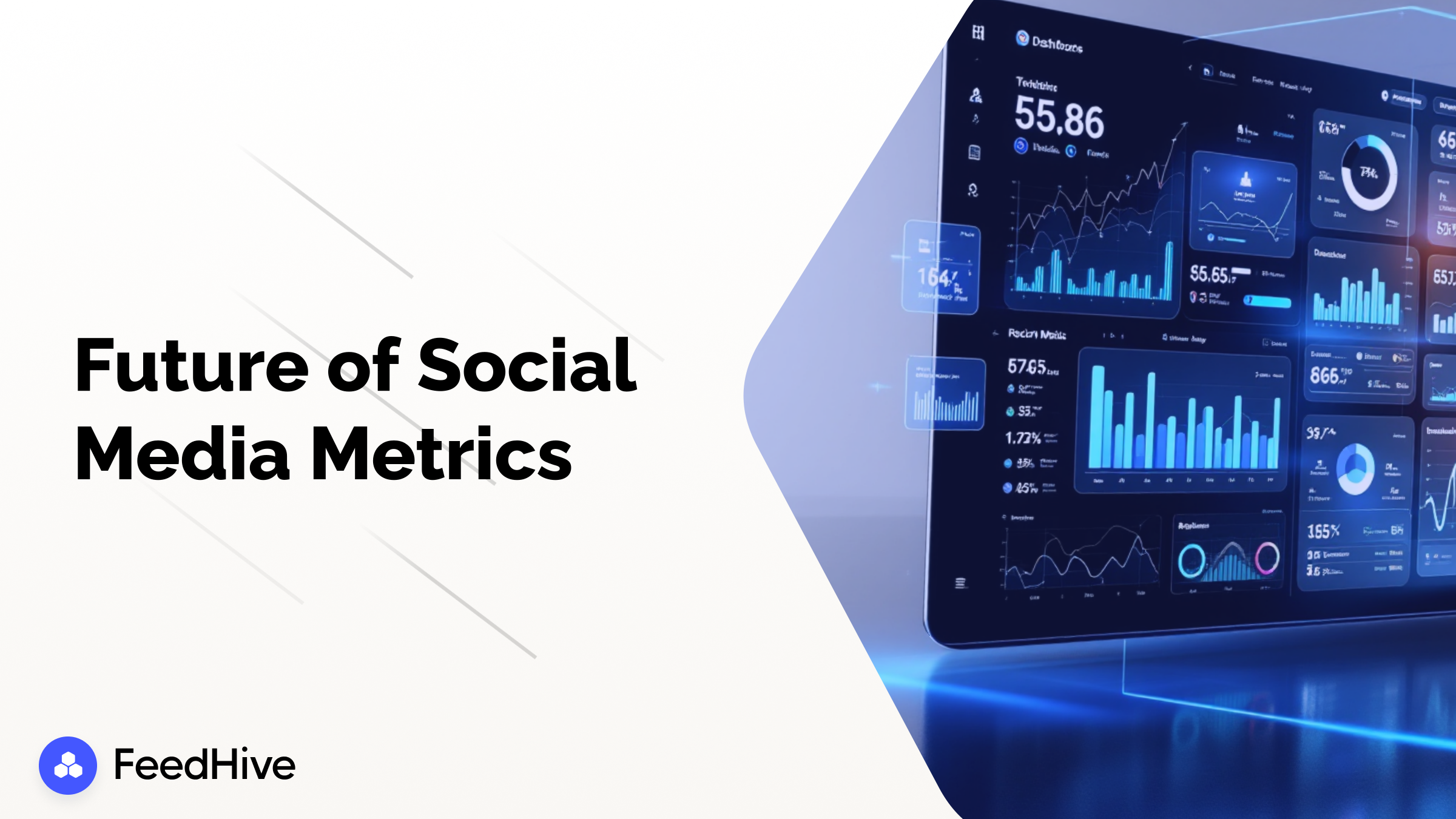
In today's rapidly evolving digital landscape, social media analysis is undergoing a transformation. The reliance on simple metrics like likes and shares is giving way to more sophisticated measurements that tap into the emotional, qualitative, and predictive dimensions of audience interactions. This deeper level of analysis not only enhances our understanding of how content resonates but also refines strategies to drive meaningful engagement.
The new era of social media analytics is marked by the shift from surface-level indicators to metrics that capture the complexity of user interactions. Technologies such as artificial intelligence and natural language processing have enabled the development of tools that assess sentiment, engagement quality, and predictive trends. These emerging metrics allow brands and digital marketers to:
This more nuanced approach is essential for harnessing the full potential of social media platforms, providing valuable, actionable insights that go beyond mere numbers. Comprehensive tools like those provided by platforms such as FeedHive can help streamline this process, ensuring that social media strategies are both data-driven and dynamic.
For years, likes and shares have been the cornerstone indicators of social media success, serving as quick, quantifiable measures of content performance. However, these metrics only scratch the surface:
As a result, brands are seeking to understand not purely the quantity but the quality and context of these interactions, shifting the focus from counting to comprehending.
Sentiment analysis has emerged as a game-changing tool, enabling brands to decode the underlying emotions in social media conversations. This method involves using algorithms to evaluate language, tone, and context to classify sentiments as positive, negative, or neutral. Notable points include:
By tapping into these sentiments, businesses can craft more effective narratives, tailor their messaging, and address any concerns that may arise from within their communities.
Beyond the simple counts of likes and shares lies a richer metric: engagement quality. This evolved measurement focuses on understanding the nature and depth of interactions rather than just their number.
This focus on quality ensures that social media strategies are refined to foster long-term loyalty and build meaningful relationships with audiences, rather than chasing vanity metrics.
The rise of advanced analytics tools is transforming social media measurement by combining various data streams to provide a holistic view of online interactions. Innovative frameworks such as:
These innovative tools are proving indispensable for digital marketers and brands, as they provide an in-depth understanding of how content impacts public sentiment and engagement. Utilizing advanced analytics maintains a competitive edge in the fast-paced domain of social media.
Several real-world scenarios illustrate the transformative power of next-generation social media metrics. For example:
These examples underscore how leveraging advanced metrics can provide a competitive edge, deepening the level of interaction between brands and their target audiences.
The evolution of social media metrics doesn't stop with sentiment analysis and engagement quality. Looking ahead, predictive trends are set to redefine strategic planning:
This ongoing transformation signifies a shift from static metrics to dynamic, adaptive systems that continuously learn and evolve alongside their audience’s behavior.
The future of social media metrics is emerging as a sophisticated blend of sentiment analysis, quality engagement measurement, and predictive analytics. This new paradigm offers an unprecedented level of insight into audience behavior, allowing brands to create more engaging, targeted, and impactful social media strategies. By moving beyond simple counts of likes and shares, organizations can achieve a deeper understanding of how content influences public sentiment and drives true engagement. Embracing these advanced analytics tools not only prepares businesses for the future but also helps maintain a competitive edge in a dynamic digital world.